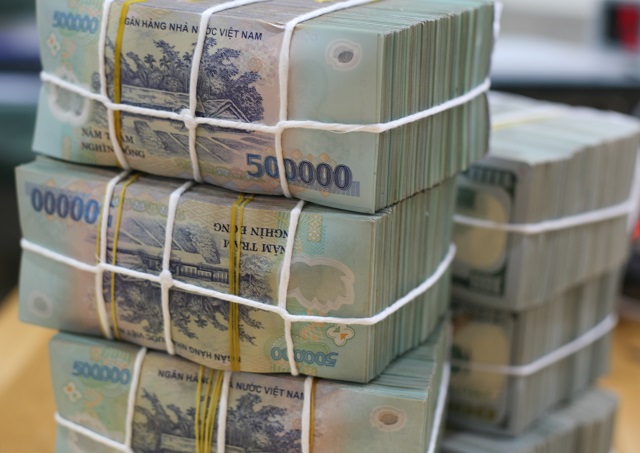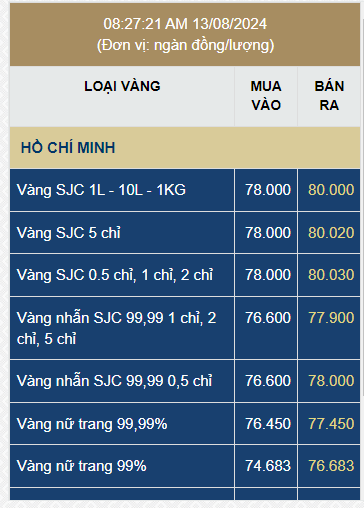
On the morning of March 14, Prime Minister Pham Minh Chinh and Deputy Prime Minister Le Minh Khai chaired a conference to implement the monetary policy tasks for 2024, with a focus on overcoming difficulties for production and business, promoting growth, and stabilizing the macro economy.
According to information from the conference, credit growth in the first two months of 2024 decreased compared to the end of 2023, while the amount of deposits remained very large, reaching 14 quadrillion VND. Thus, the scale of deposits in the banking system continues to set new records.
At the conference, the Prime Minister suggested that Chairmen and CEOs of commercial banks focus on discussing and providing specific answers and solutions to some fundamental issues:
Firstly, how should the monetary policy, especially interest rates and exchange rates, be managed to prioritize promoting growth (around 6-6.5%) and maintaining macroeconomic stability, controlling inflation, and ensuring the major balances of the economy?
Secondly, why do businesses complain about a lack of capital and difficulties in accessing credit, while the amount of deposits from the economic sector and the public in the banking system continues to increase, despite the continuous decrease in deposit interest rates? Where is the bottleneck, what are the reasons, is it due to regulations, management, caution, or local factors? (According to the State Bank of Vietnam, the average deposit interest rate for new transactions of commercial banks is at 3.3% per annum, a 0.2% decrease compared to the end of 2023; the average lending interest rate for new loans is at 6.4% per annum, a 0.7% decrease compared to the end of 2023 – but the interest rates for existing debts are still high).
Thirdly, how is the credit supply situation of the banking system to the economy, each sector, and field so far? What are the bottlenecks, causes, measures to overcome, ensuring that the supply of capital is not obstructed, delayed, and not in the right timing? How to provide credit with emphasis and focus on production and business?
Fourthly, what solutions are needed to enhance the access to credit for businesses and individuals? Especially solutions regarding interest rates, procedures, loan applications, collateral assets, guarantee measures, communication methods, technology, etc.?
Fifthly, what should commercial banks do to ensure credit growth of about 15% for the whole year as instructed by the State Bank of Vietnam right from the beginning of the year? How to continue reducing lending interest rates, so that the banking system can share difficulties with the people and businesses?
Sixthly, what should the Government, the State Bank of Vietnam, ministries, sectors, and localities do, and what should the business community and the people do to stimulate investment and consumption, increase the capital absorption capacity of the people and businesses? What tools are needed? For example, a Credit Guarantee Fund for small and medium-sized enterprises?















